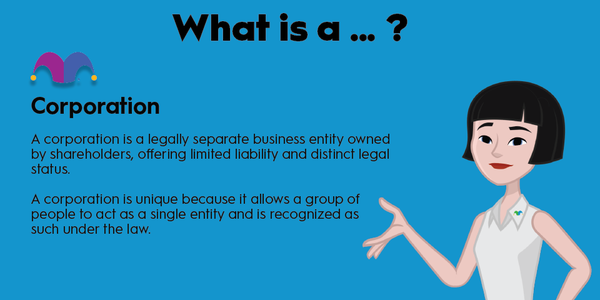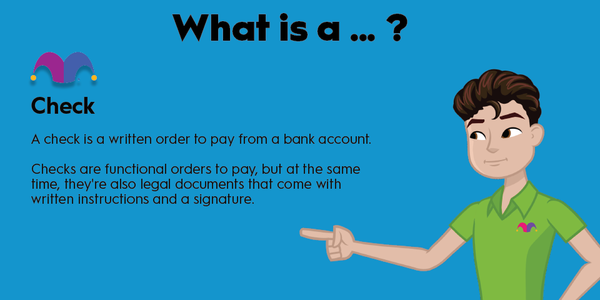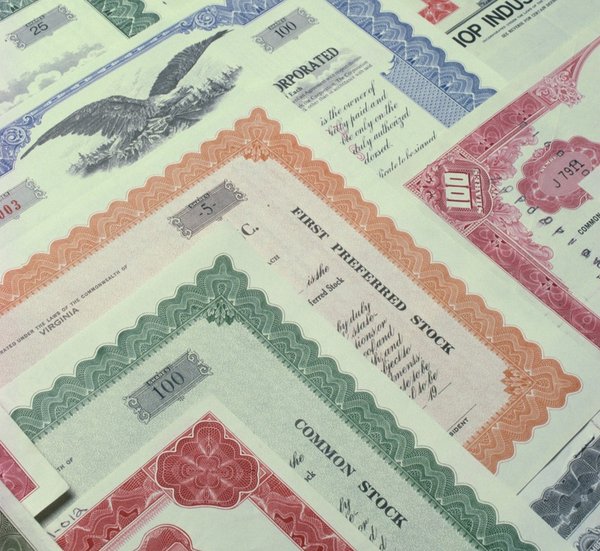Whether you're investing in banks or simply want to use one, it's important to understand the cost of funds in banking. This figure is fundamental to both consumer interest rates and bank profitability, making it one of the more vital terms for you to know, regardless of your role.

Overview
What is the cost of funds?
The cost of funds in banking is how much a bank or other financial institution pays to acquire the money it uses for reserves and lends to individuals, businesses, or even other institutions. The number, expressed as a percentage, is a great way to understand how much a bank is making in profit when compared to its current lending rate.
The cost of funds varies widely between banks since each bank will offer its own interest rates on savings and other accounts and will require more or less in cash reserves, depending on its size and general practices.
For example, a bank that lends a lot of its own money might have a higher cost of funds since it may have to regularly borrow from other banks to maintain its reserves. A bank that is a more conservative lender might have a lower cost of funds, since it doesn't need to borrow -- but because of this low need, it may also not pay a very good interest rate to its depositors and risks losing them to banks with more generous interest rate offerings.
How it's determined
How is the cost of funds determined?
The cost of funds in banking is determined by combining the amounts in interest that a bank pays to depositors, to other banks that it borrows from, and to other institutions or investors for the money it later loans to borrowers.
You can calculate this figure with a few important pieces of information. You'll need the average balance of deposits for the period you're examining and the amount of interest paid over that period.
From there, simply divide the interest paid by the deposits. For example, if your bank paid $50,000 for funds in the form of interest to depositors last month, and held an average balance of $1 million in deposits, that would be $50,000 / $1,000,000 = 0.05 or 5%.
Cost of funds vs. the federal funds rate
Cost of funds vs. the federal funds rate
The federal funds rate is the rate at which banks borrow money from each other overnight, and is different from the cost of funds rate. The money borrowed by banks is largely used to cover deposit shortfalls and very short-term needs.
The cost of funds in banking, on the other hand, is largely based on the amount of interest the bank is paying to its depositors. There may also be some expenses in the form of loan interest to other banks, which could be paid at the federal funds rate, but it's not a guaranteed amount.
At the very most, the federal funds rate is just a small percentage of the overall cost of funds paid by a bank.
Related investing topics
Why it matters
Why does the cost of funds matter to investors?
Cost of funds in banking is a specific metric that is really only useful to bank investors because it helps them to see how much – or how little – profit a bank is making from its lending activities. This is important when you're trying to choose a bank or banks to invest your money in for the longer term. They should be increasing their profitability, which includes lowering the cost of funds to the smallest amount that's still sustainable without losing depositors.
For investors who are stashing money into high-yield savings accounts, on the other hand, a bank that pays a solidly high interest rate is a boon, although it doesn't really matter what the bank's actual cost of funds overall happens to be as long as it's reliably paying your interest on time. Still, if you're a bank investor who also has cash to put away, knowing which banks have the highest cost of funds can help you find banks that will pay you well for leaving your money with them.





































































































